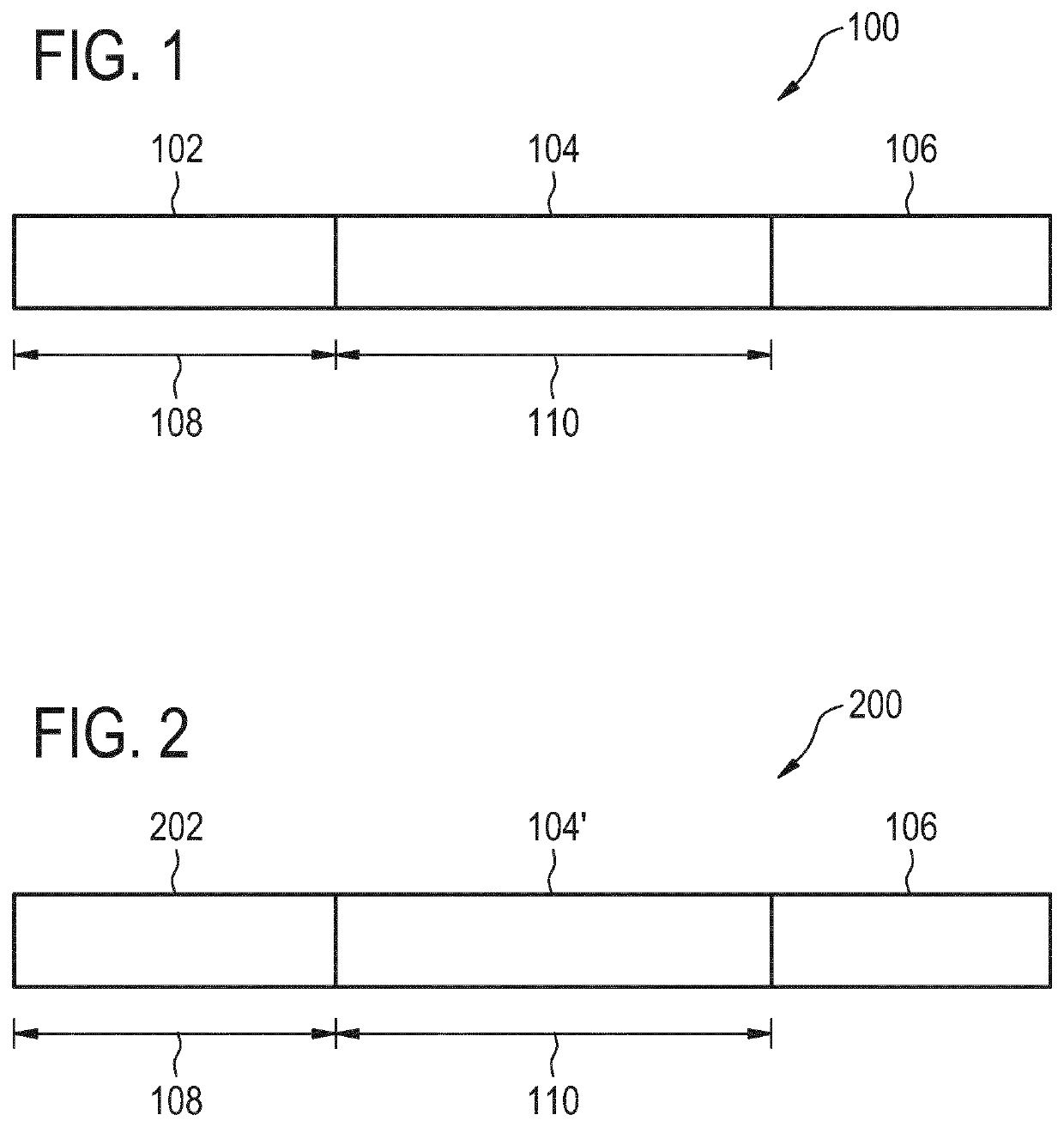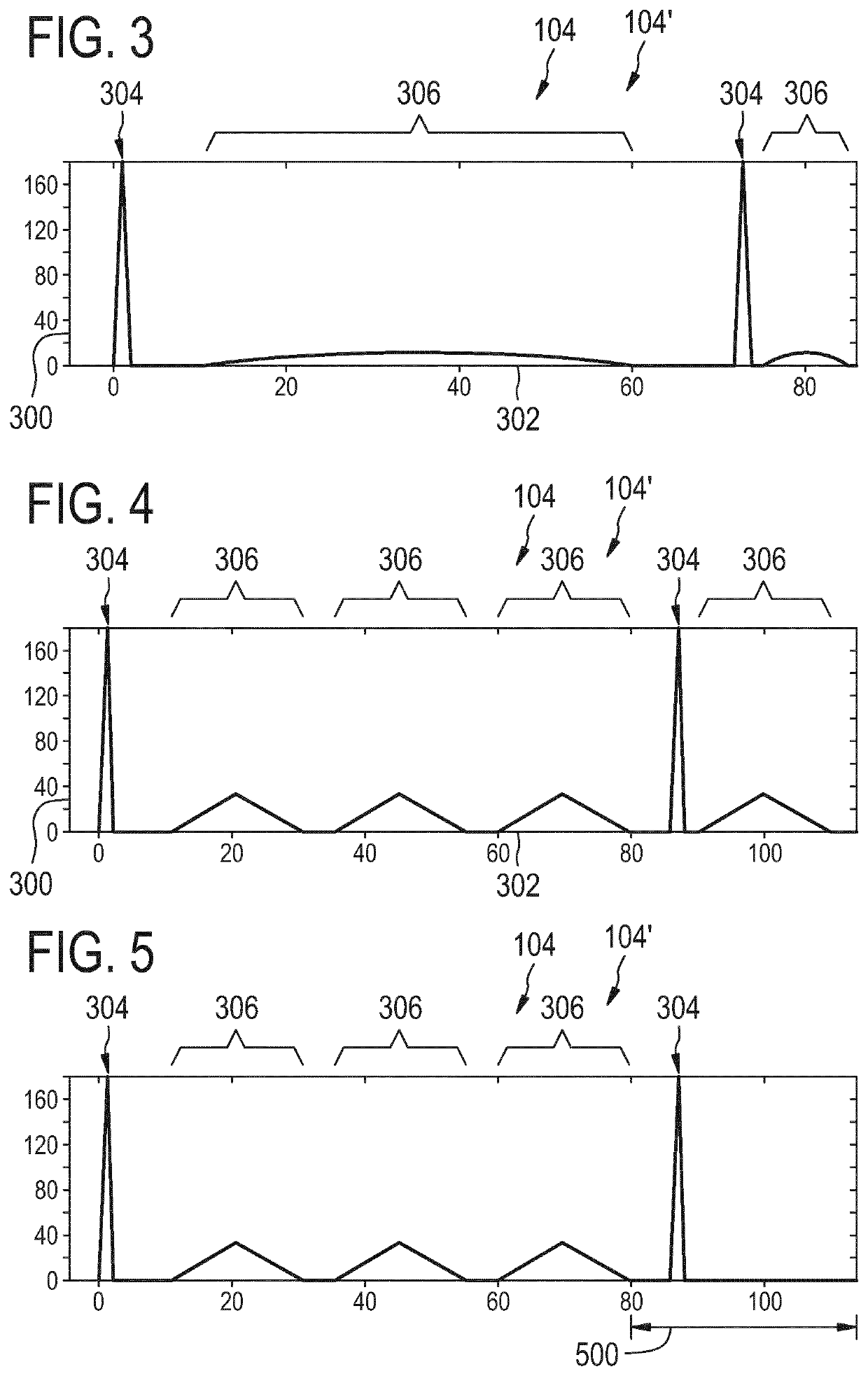Combined arterial spin labeling and magnetic resonance fingerprinting
a technology of magnetic resonance fingerprinting and arterial spin, applied in the field of magnetic resonance imaging, can solve the problems of increasing the time needed to perform the asl imaging protocol, and achieve the effects of reducing noise artifacts, reducing noise or noise artifacts, and increasing sampling of k-spa
- Summary
- Abstract
- Description
- Claims
- Application Information
AI Technical Summary
Benefits of technology
Problems solved by technology
Method used
Image
Examples
Embodiment Construction
[0071]Like numbered elements in these figures are either equivalent elements or perform the same function. Elements which have been discussed previously will not necessarily be discussed in later figures if the function is equivalent.
[0072]Magnetic Resonance Fingerprinting (MRF) is a promising technique for time-efficient quantification of tissue parameters such as T1 and T2. By exposing the tissue of interest to a train of RF pulses that induce varying flip angles (FAs) with respect to a main magnetic field, a characteristic signal or ‘fingerprint’ is obtained for each voxel. These fingerprints can then be compared to a dictionary of all possible signal evolutions, which yields the tissue parameters of each voxel.
[0073]Examples may extend MRF to include perfusion information by combination with the arterial spin labeling (ASL) technique. In ASL, the blood water protons in the large arteries of the head and neck are labeled by magnetic inversion, and after a delay of 1-2 s, which is...
PUM
 Login to View More
Login to View More Abstract
Description
Claims
Application Information
 Login to View More
Login to View More - R&D
- Intellectual Property
- Life Sciences
- Materials
- Tech Scout
- Unparalleled Data Quality
- Higher Quality Content
- 60% Fewer Hallucinations
Browse by: Latest US Patents, China's latest patents, Technical Efficacy Thesaurus, Application Domain, Technology Topic, Popular Technical Reports.
© 2025 PatSnap. All rights reserved.Legal|Privacy policy|Modern Slavery Act Transparency Statement|Sitemap|About US| Contact US: help@patsnap.com



